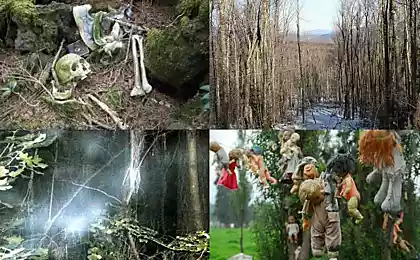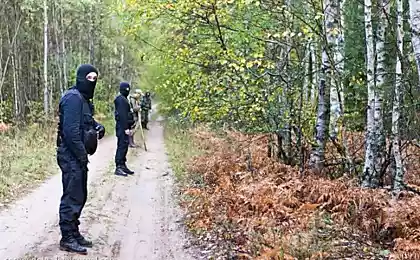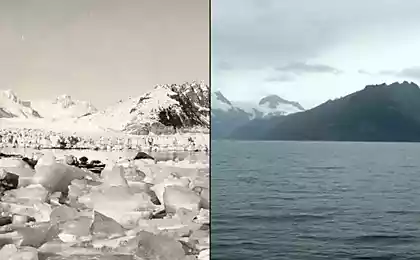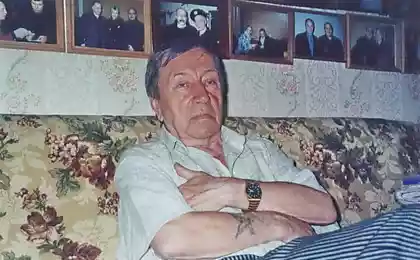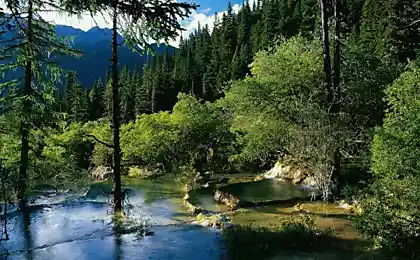513
Warming will change the look of Northern forests

Palm trees in the snow
The climate is changing, change with them and the surrounding nature. Visitors to Northern forests in the coming decades are likely to see very different trees. And the reason for that is warming. The researchers made these findings, examining the forest on the border of the United States and Canada. Alas, humanity may lose not only the coffee, but also attractive for its rugged beauty of the Northern forests.
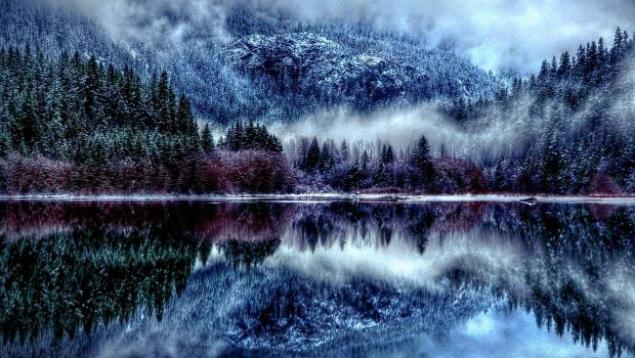
Winter forest
Resource ScienceDayli, citing published in the journal Nature Climate the results of the University of Minnesota research, talks about the unique long term experiment. His goal was to test how changing the composition of trees in the Northern forest on the border of USA and Canada.
Some trees are more common in the Northern part of the forest, others in the South. Trees such as spruce and fir, growing to the North, in Canada, after warming a few degrees began to grow worse and settle down. Others, such as aspen, birch and pine, responded to the changing climatic conditions rather neutral. Although all these trees continue to grow and in warmer conditions, the researchers note that the balance from the Northern trees has shifted in favor of oaks and maples. If fir suffer not only from warming but also from increased sunlight and moisture with the surrounding trees and other plants. And these factors accompany the warming.
A group of scientists from the Department of forest resources University of Minnesota led by Peter Raychem reproduced the warming effect on 10 species typical of the area and 1 atypical for her trees. The experiment lasted three seasons. The project is known under the informal name "B4WarmED". In its course through the heating of infrared lamps and soil heating cables was caused by the effect of warming by a few degrees on the square footage of 4100 young trees. The study has been studied how quickly trees grow and how efficiently they convert the energy in sunlight. The process of this conversion is called photosynthesis.
From the results of the project it is unclear how warmer winters will affect other types of trees and other plants.
The result was concluded that climate warming is likely to lead to the fact that in the Northern forests will be more likely to meet unusual trees, such as buckthorn. Previously in Northern Minnesota it was not rampant. Most likely, the reason was typical for this area a cool summer. But in warmer temperatures buckthorn thrives. And it's not very good news, as it suggests that buckthorn and other atypical for the Northern areas, the trees, taking advantage of the warming will spread to the North.
According to Peter Reich, in the best case, the oaks and maples will become dominant trees, and the number of Northern trees to decline. Northern forest will be different, but will remain forested, and that in itself pleases. In the worst case, the oaks and maples will not replace him replacing trees fast enough and in forests appears not occupied by trees plots that are overgrown with buckthorn. The fact that Northern plants will not be able to exist in a warm climate, does not mean that the North will immediately bloom bright colors of southern vegetation and filled with Laurel trees. For some, considerable, time, the amount of vegetation in Northern latitudes may be significantly reduced.

Winter forest
Change in forest composition will affect various sectors. It will affect not only the wood supply, but also on tourism. Why do people go to devoid of its former originality and unique cold splendor of the North woods? It is not the same, to admire the buckthorn and recordtime oaks but maples?
Source: hi-news.ru

